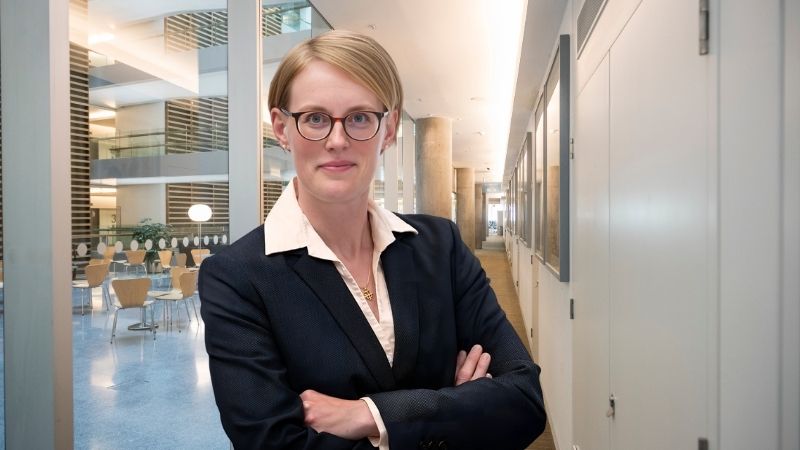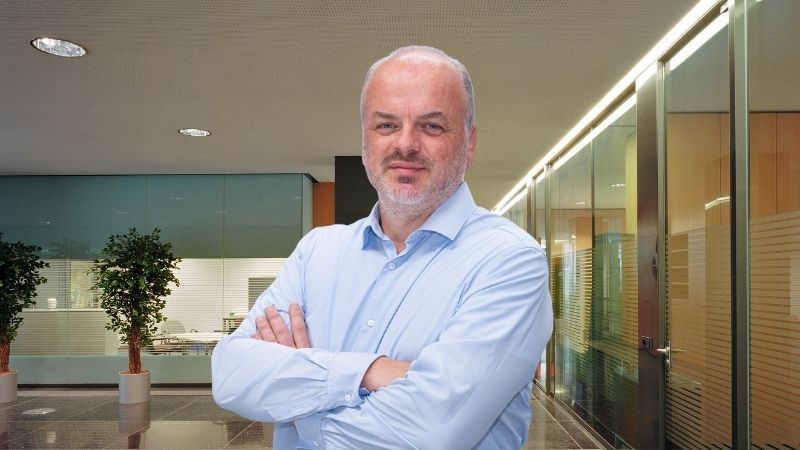HTS cables: Zero-resistance transmission
High Temperature Superconducting (HTS) technology draws its transformative power from its core property: superconductivity. With virtually zero electrical resistance, these cables can carry extraordinarily high currents in much less sections that copper or aluminum conductors. In fact, a single 17-centimeter-diameter cable can handle up to 3.2 gigawatts à high voltage– that’s roughly the output of three nuclear reactors and several 100 MW underground at medium voltage, able to secure the supply of big cities without adding new high voltage lines.
This absence of heat generation eliminates the need for wide thermal clearances and ventilation systems, allowing HTS systems to be installed in simple trenches rather than purpose-built tunnels. Their compact footprint means that the required corridors are up to ten times narrower than for conventional systems. They also generate no electromagnetic interference and emit no external magnetic field, making them safe neighbors to other infrastructures in these confined spaces.
Beyond the installation advantages, HTS systems provide enormous operational flexibility. A 400-kilovolt conventional system can be replaced with a 132 or 275 kV-kilovolt superconducting system without losing capacity at lower cost mainly due to the saving of large 400 kV transformers in the substation—and because the cable system including ancillary systems is modular, the same cable design works equally well for compact urban networks and long-distance transmission.
SFCLs: Instantaneous fault protection
Superconducting properties can also be used to mitigate overcurrent, almost instantaneously. Superconducting Fault Current Limiters (SFCLs) provide vital protection against fault currents that can damage critical assets such as transformers and switchgear. In the event of a short circuit or fault condition, SFCLs instantly and automatically limit excessive current without the need for mechanical intervention or voltage disturbance. SFCLs use superconductors’ intrinsic properties to transition from zero-resistance to resistive state within milliseconds, limiting fault current before it damages equipment on the same branch. SFCLs can be integrated and connect to any electrical system — offering enhanced network reliability, optimized infrastructure protection, and reduced equipment aging from thermal stress.
Proven success in real-world applications
Multiple operational projects demonstrate the technological maturity and transformative potential of superconducting systems in diverse urban environments. Here’s a look at three:



